
7 Early Signs of Uterine Fibroids Too Many Women Ignore
Uterine fibroids are non-cancerous growths that form in the uterus. They can vary in size, from being as small as a pea to as large as a grapefruit. While many women with fibroids experience no symptoms at all, others may face significant health issues that could impact their quality of life. It's important to recognize the early signs of uterine fibroids so that you can seek proper treatment before complications arise. Unfortunately, many women overlook or dismiss these signs, often attributing them to normal menstrual discomfort. Below are seven early signs of uterine fibroids that too many women ignore.
1. Heavy Menstrual Bleeding
One of the most common signs of uterine fibroids is heavy menstrual bleeding. Women may notice that their periods last longer than usual or that they pass large blood clots. This type of bleeding can be excessive and may lead to anemia over time if left untreated. Women who experience this symptom should consult with a healthcare provider to determine the cause and explore treatment options.
2. Pelvic Pain or Pressure
Fibroids can cause pelvic pain or a feeling of pressure in the lower abdomen. This pain might be constant or occur intermittently, and it can be aggravated during physical activity or during sexual intercourse. The size and location of the fibroids play a significant role in the severity of this symptom. A feeling of fullness or pressure in the pelvic region can also be a sign of fibroids.
3. Frequent Urination
Fibroids, especially those that grow large or are positioned near the bladder, can put pressure on the bladder, causing the need to urinate frequently. If you're finding that you're frequently visiting the bathroom, even if you're not drinking more fluids than usual, it could be a sign of fibroids. This symptom can disrupt daily activities and negatively impact your quality of life.
4. Backache or Leg Pain
Fibroids can cause pain that radiates to the lower back or legs. This can occur due to the size or location of the fibroids, especially if they press against nerves or muscles in the pelvic area. Persistent back or leg pain that does not improve with rest or over-the-counter pain relievers could indicate the presence of fibroids.
5. Painful Intercourse
Experiencing pain during or after sexual intercourse is another symptom of uterine fibroids. This pain may be sharp or dull and can vary in intensity. The discomfort can occur when fibroids are located in or around the cervix or if they are large enough to affect the uterus. It is important to bring this issue to your doctor’s attention to ensure that it is not caused by fibroids.
6. Enlarged Abdomen or Bloating
An enlarged abdomen or bloating can also signal the presence of uterine fibroids. As fibroids grow, they can cause the uterus to expand, giving a feeling of fullness or bloating in the lower abdomen. This symptom can be confused with weight gain or other digestive issues, but if it persists or worsens, it’s worth seeking medical advice.
7. Constipation
In some cases, fibroids may cause constipation. This occurs when the fibroids press against the intestines, leading to difficulty passing stools or irregular bowel movements. If you experience ongoing constipation, especially along with other symptoms like pelvic pain or frequent urination, fibroids may be the underlying cause.
Conclusion
Uterine fibroids are a common yet often overlooked condition among women, and recognizing the early signs is crucial for timely intervention. If you experience any of the above symptoms, it’s important to consult with your healthcare provider to determine the cause and explore treatment options. Ignoring these signs can lead to complications, such as anemia, infertility, or severe discomfort. Early detection can help manage symptoms and improve quality of life. Remember, your health is important, and addressing potential issues early can make all the difference.
News in the same category


The Silent Threat: Recognizing Early Signs of Kidney Disease and Lifestyle Prevention

Baking Soda (Bicarbonate of Soda): Uses and Benefits (Science Based)

Benefits of Walking: Why Walking is One of the Best Forms of Exercise 🚶♀️
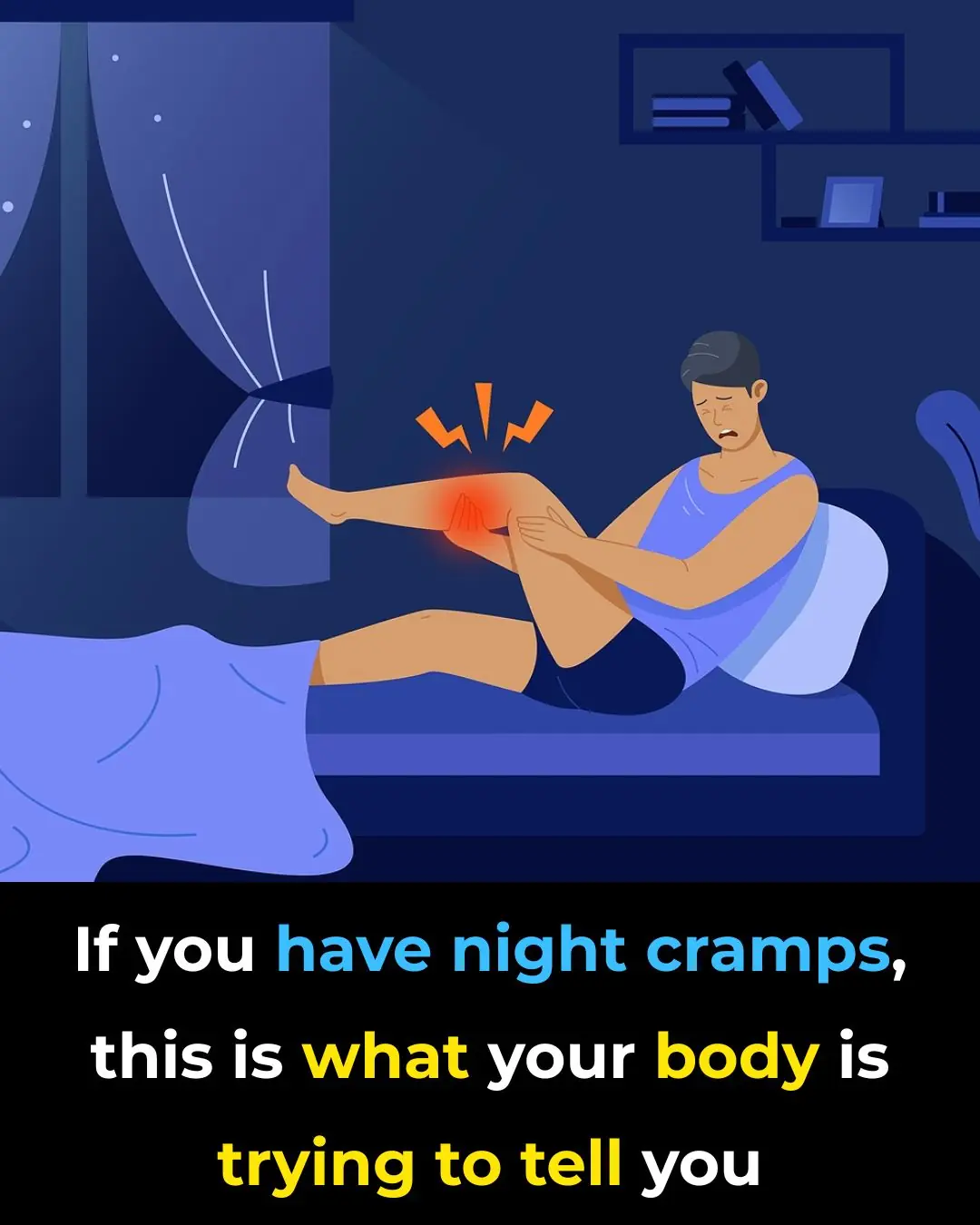
If you have leg cramps at night, it means you have..

Sarcopenia: Why do we lose muscle and how to fix it?
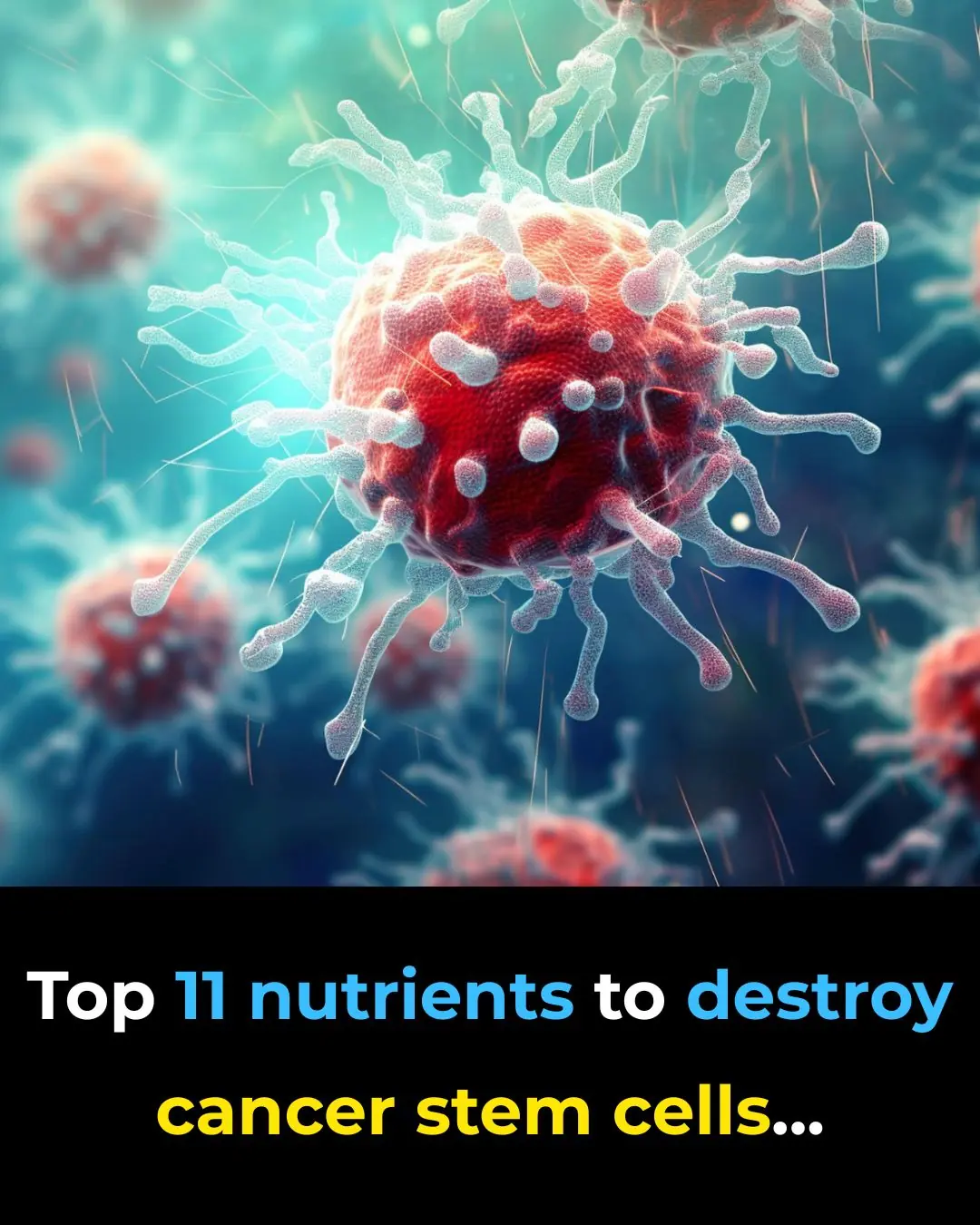
Top 11 Nutrients To Destroy Cancer Stem Cells
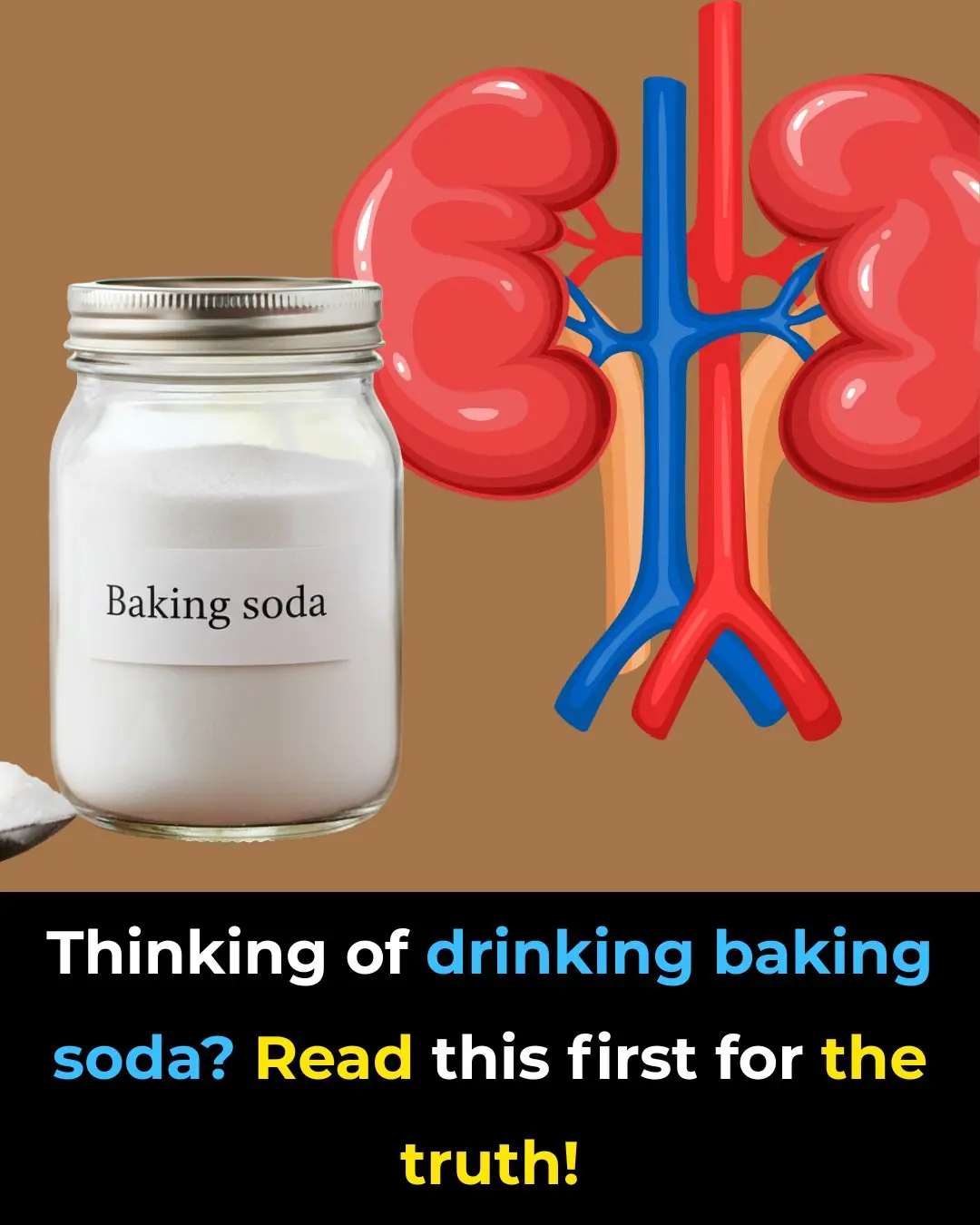
Thinking of drinking baking soda? Read this first for the truth!

Forget aspirin—this everyday fruit can help protect you from stroke and heart attack
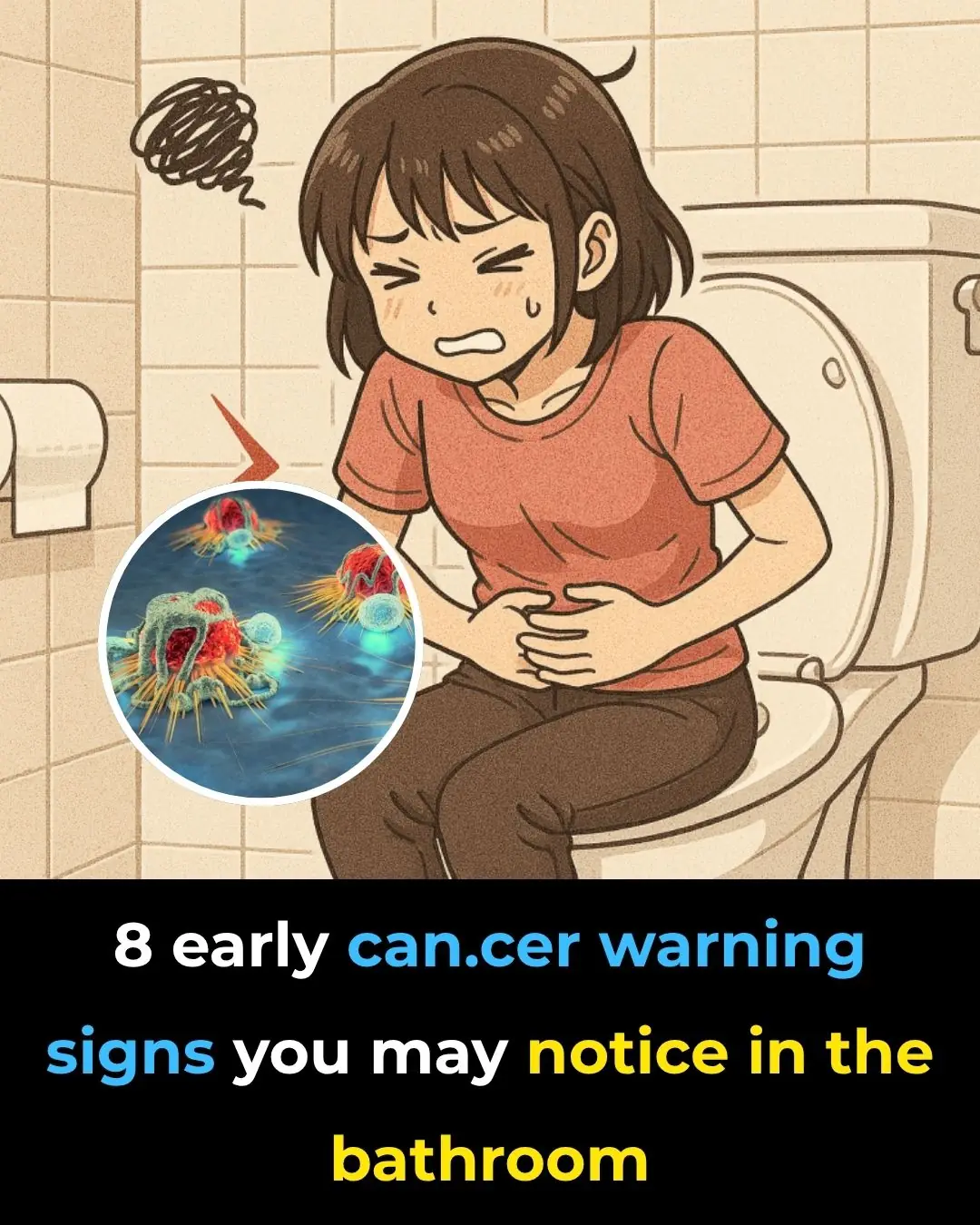
8 Sh0cking Toilet Clues That Could Signal Canc3r: Don’t Ignore Them!
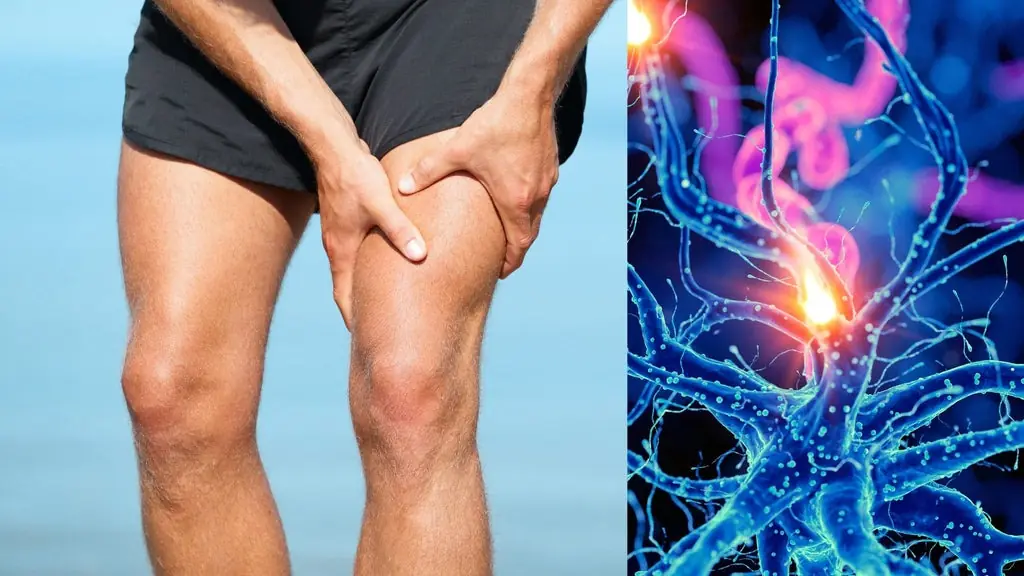
14 Warning Signs Your Body Is Running Low on Magnesium and How to Get It
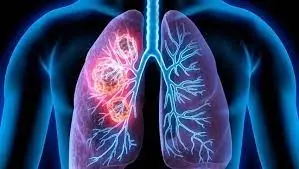
7 Early Signs and Symptoms of Lung Cancer You Should Never Ignore
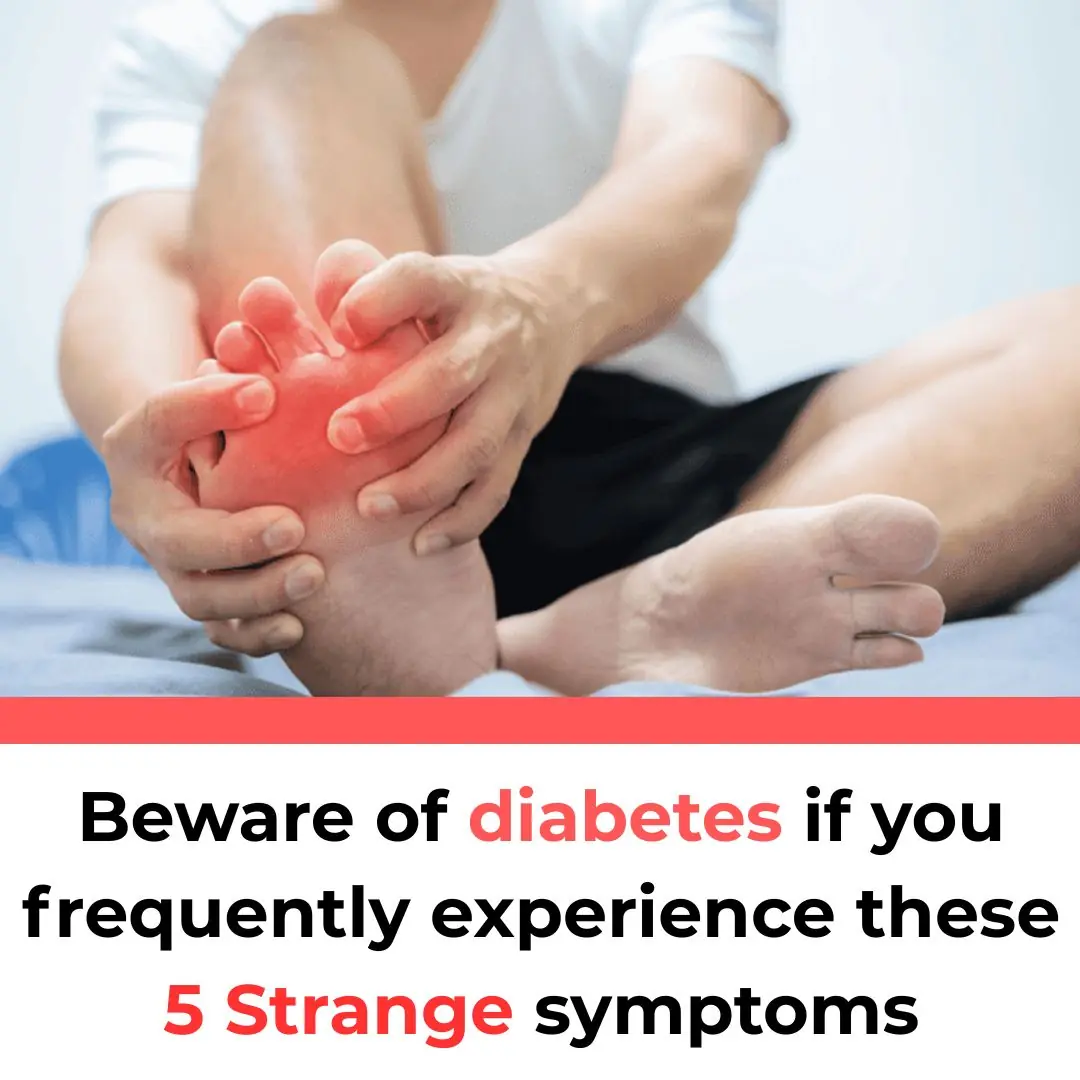
High Blood Sugar Warning Signs

Eat 2 Eggs Every Morning and Feel These Powerful Health Effects Take Over Your Body

Avocado Power: The Scientifically Proven Health Benefits of the Fruit (and the Seed!)

One Vitamin That Could Transform Your Circulation: Niacin (Vitamin B3)

Body Suddenly Jerks While You’re Falling Asleep? This Is What It Means

pH Balance and Your Health: Signs of Acidosis and How to Alkalize

Pineapple And Turmeric Drink Reverses Cancer-Causing Inflammation And Even Beats The Common Cold!
News Post

Jennifer Hudson Champions Musical Inclusivity Amid Super Bowl Language Debate

Jennifer Hudson Cheers on Bad Bunny’s Super Bowl Swagger — and Starts Learning Spanish Herself

Charli XCX shares cryptic video after Taylor Swift’s ‘Actually Romantic’ diss

NY authorities clamp down on liquor store openings citywide as booze demand plummets

Desperate rescue effort underway to save hundreds of hikers stuck on Mount Everest after snowstorm

Six signs you may be a functioning alcoholic according to doctor

Pineapple Water: A Refreshing Drink That Supports Your Health

The Silent Threat: Recognizing Early Signs of Kidney Disease and Lifestyle Prevention

A Heartwarming Encounter: A Child’s Innocence and the Power of Love.

The Stranger Who Stopped: How One Man’s Compassion Saved a Life on a Busy Georgia Road

Baking Soda (Bicarbonate of Soda): Uses and Benefits (Science Based)

A Father’s Day Gift Like No Other: A Daughter’s Kidney, A Father’s Second Chance

Benefits of Walking: Why Walking is One of the Best Forms of Exercise 🚶♀️

Maliyah’s Fight: A Fifteen-Year-Old Cheerleader Battling Stage 4 Cancer With Courage and Faith

No Cake, No Balloons: A Firefighter’s Quiet Birthday of Purpose and Service

Orangutan Secretly Watches Over Woman During Jungle Survival Challenge

“The Stranger on a Plane: How One Man’s Kindness Gave a Mother the Gift of Rest”

A Little Fighter’s Final Victory: Remembering Bryson’s 1,027-Day Battle

A Match Made in Dog Heaven: A Toddler and Her Puppy Who Share a Special Bond
